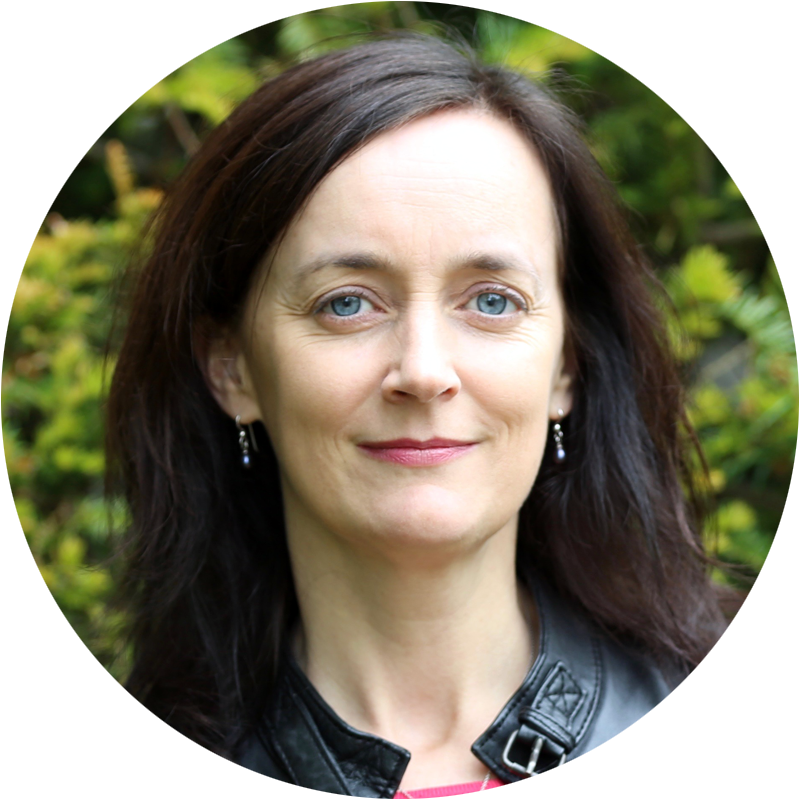
Marshalling the natural enemies of Aids

A Swiss foundation has set itself the goal of finding new natural agents to treat or prevent HIV/Aids which could then be produced easily in developing countries.
A team of scientists, doctors and people from the pharmaceutical industry formed the Esperanza Medicines Foundation to take the battle against the virus to the world’s worst hit areas.
Alex Matter, Esperanza chairman, says the classic approach is to take expensive drugs that have been developed in the West and make them available to developing countries through the global fund to combat HIV/Aids.
“This situation prompted us to think of alternative avenues,” he told swissinfo.
“We thought, why not use simple technologies such as fermentation that are available locally and seek new Aids therapies and means of prevention that could be produced with these technologies.”
Matter has contributed to the research and development of several anticancer drugs and, most recently, led the team that discovered the anticancer drug Glivec. He is currently based in Singapore and is head of the Novartis Institute for Tropical Diseases.
Suitable candidates
Esperanza’s idea is not to replace current anti-HIV therapies but to complement them. In partnership with other researchers, they have already begun the hunt for candidate substances.
The foundation’s first step was to test the 10,000 natural substances stored in the Novartis archive. This project, in close collaboration with InPheno, a spin-off company from the Institute of Medical Microbiology at Basel University, has been surprisingly successful.
“Now we are in the advanced testing phase of these compounds,” Matter said. “A small number of compounds now need to be profiled against the various different sub-types of HIV viruses in various cells. Then we need to upscale these products and test them in pharmacology.”
A further step would be to develop expression systems, such as fungi, yeast, bacteria or plants that would produce this type of natural product, providing the basis for a cheap anti-Aids drugs in endemic areas.
Hopeful harvest
“Production could mean just planting and extracting,” said Marcel Tanner, board member of Esperanza and head of the Swiss Tropical Institute.
“You can find a gene for an important substance that you would then genetically reproduce within plants so that they produce this active molecule,” he added.
Esperanza has one project at the Federal Institute of Technology in Zurich where the gene for a particular natural product is being transferred into a cassava plant to use for local production.
“It has not been proven and validated yet but we have good reason to believe we can do that,” Matter said.
In another project, researchers have been able to transplant a gene for a microbiocide into tobacco plants. This virus-killing agent could be applied in a cream or gel during sexual intercourse.
Untapped resources
“The logic behind Esperanza’s approach is to go and tap resources that have been somewhat forgotten in the period of very rational drug design,” Tanner explained.
Successes of the past give Esperanza grounds for optimism. The anti-malarial Artemisinin is an extract from wormwood, and the 20th century’s “wonder drug” penicillin is a fungal product.
Certainly the need for additional solutions to HIV/Aids treatment is undeniable.
The World Health Organization only reached a third of its target of providing treatment to two million people in poor countries by 2005.
Swiss-based foundation Esperanza Medicines hopes to make valuable contributions in non-profit research and the development of safe, effective and affordable HIV/Aids drug therapies.
The foundation’s goal is to research and develop innovative Aids therapies that require minimal to moderate production know-how and are accessible to rural and urban populations throughout developing countries.
Overall trends in HIV transmission are still increasing.
There were five million new infections in 2005 globally.
More than 40 million people live with HIV globally.
Of the three million people who died of Aids-related illnesses last year, 500,000 were children.

In compliance with the JTI standards
More: SWI swissinfo.ch certified by the Journalism Trust Initiative
































You can find an overview of ongoing debates with our journalists here . Please join us!
If you want to start a conversation about a topic raised in this article or want to report factual errors, email us at english@swissinfo.ch.